Habitat: They are found in a variety of habitats – polar ice caps, deserts, mountains, forests, grasslands and dark caves. Some of them have adapted to fly or live in water.
Examples:
Oviparous- Ornithorhynchus (Platypus) – Egg laying mammal.
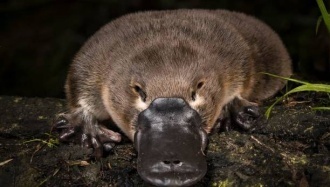
Viviparous – Gives birth to young ones.
- Elephas (Elephant)
- Equus (Horse)
- Delphinus (Common dolphin)
- Balaenoptera (Blue whale)
- Panthera tigris (Tiger)
- Panthera leo (Lion)
- Macropus (Kangaroo)
- Pteropus (Flying fox)
- Camelus (Camel)
- Macaca (Monkey)
- Rattus (Rat)
- Canis (Dog)
- Felis (Cat)
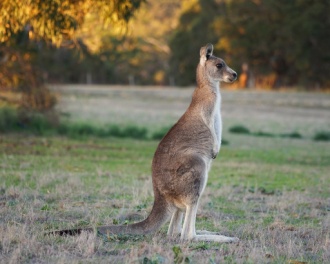
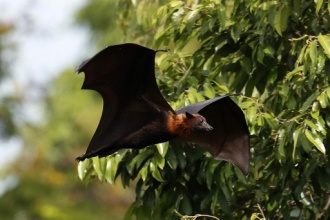
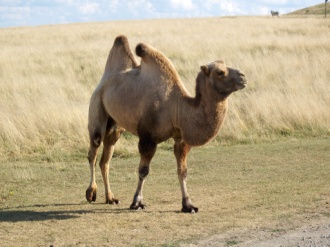
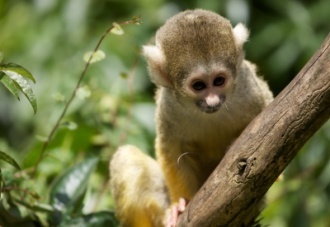
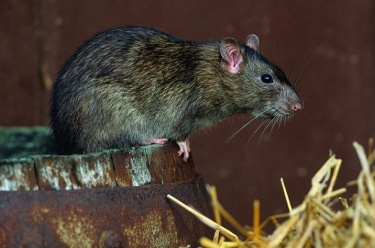
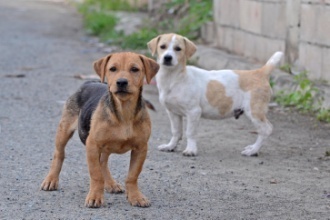

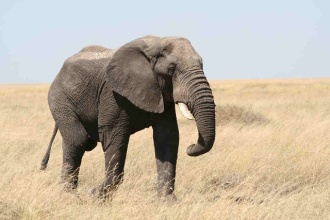
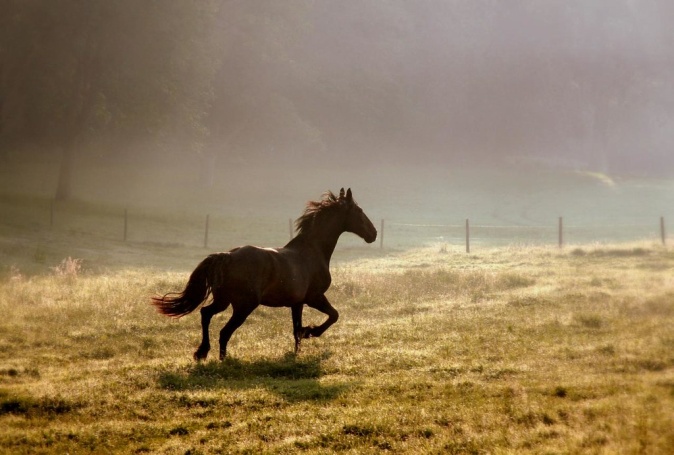
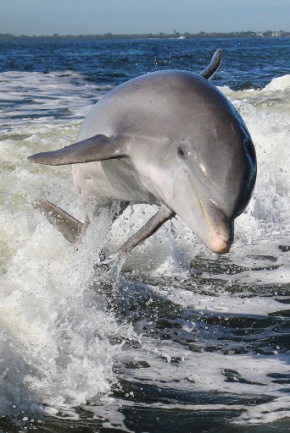
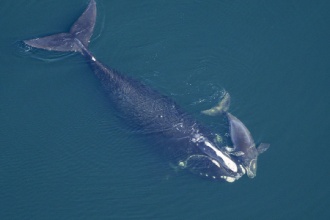
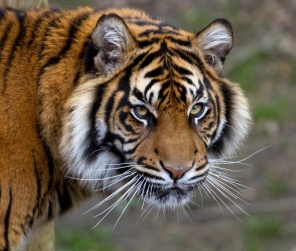
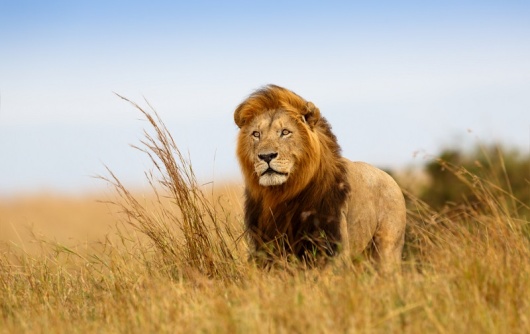
Body characteristics:
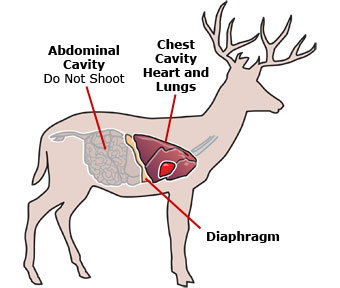
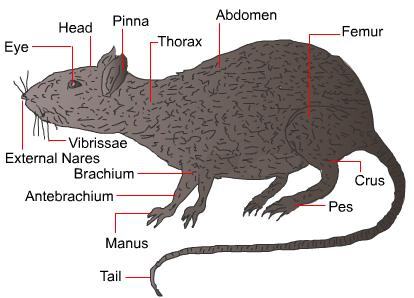
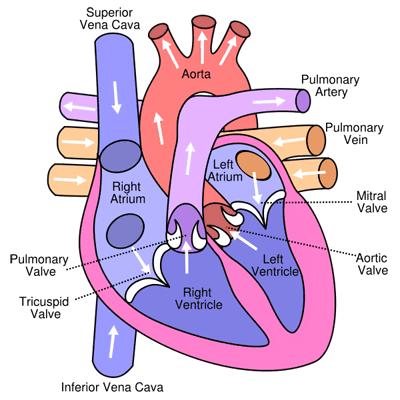
- Body is divided into head, neck, trunk and tail.
- Trunk is internally divided by a diaphragm into thoracic and abdominal cavities.
- The most unique mammalian characteristic is the presence of milk producing glands (mammary glands) by which the young ones are nourished. They are functional in females, but vestigial in males.
- They have two pairs of limbs, adapted for walking, running, climbing, burrowing, swimming or flying.
- The skin of mammals is unique in possessing hair. The skin also possesses sweat and sebaceous glands.
- External ears or pinnae are present.
- Different types of teeth are present in the jaw.
- Heart is four-chambered (2 auricles and 2 ventricles).
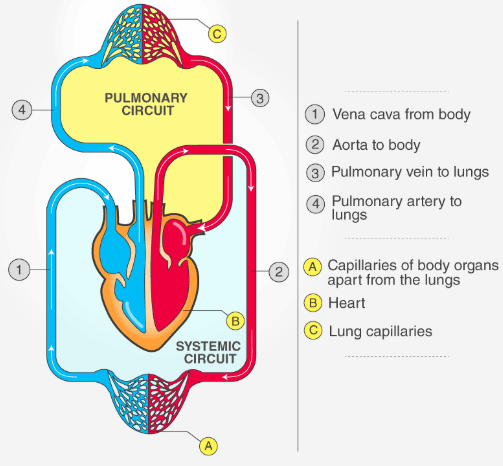
Physiology: They are homoiothermous. Respiration is by lungs. Double circulation is a characteristic feature of mammals.
Reproduction:
- Sexes are separate and fertilization is internal.
- They are viviparous with few exceptions and development is direct.
- Development is also internal and the foetus is nourished by mother through placenta.